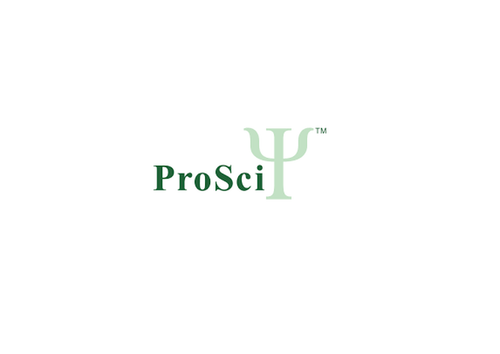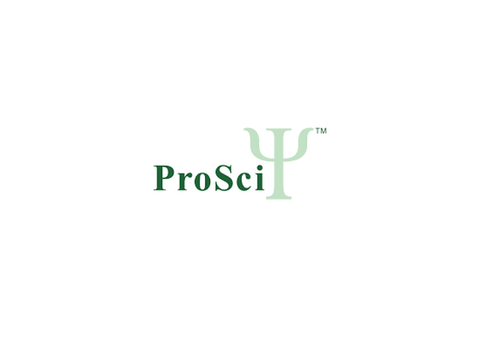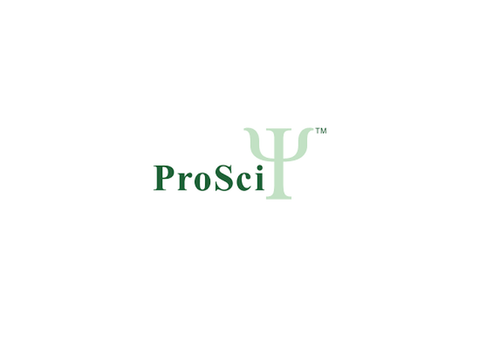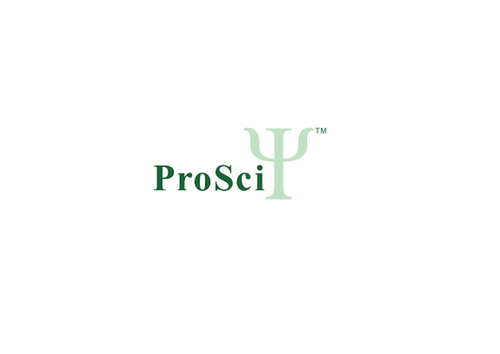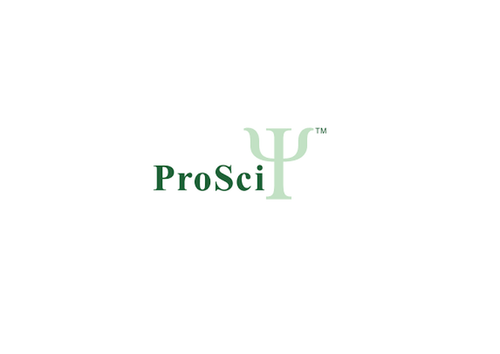Product Description
BMPR2 Antibody, KO Validated | 18-269 | ProSci
Host: Rabbit
Reactivity: Human
Homology: N/A
Immunogen: Recombinant fusion protein containing a sequence corresponding to amino acids 27-150 of human BMPR2 (NP_001195.2) .
Research Area: Cell Cycle, Growth Factors, Signal Transduction, Stem Cell
Tested Application: WB, IF
Application: WB: 1:500 - 1:2000
IF: 1:50 - 1:200
Specificiy: N/A
Positive Control 1: HeLa
Positive Control 2: N/A
Positive Control 3: N/A
Positive Control 4: N/A
Positive Control 5: N/A
Positive Control 6: N/A
Molecular Weight: Observed: 100kDa
Validation: Antibody is Knockout validated.
Isoform: N/A
Purification: Affinity purification
Clonality: Polyclonal
Clone: N/A
Isotype: IgG
Conjugate: Unconjugated
Physical State: Liquid
Buffer: PBS with 0.02% sodium azide, 50% glycerol, pH7.3.
Concentration: N/A
Storage Condition: Store at -20˚C. Avoid freeze / thaw cycles.
Alternate Name: BMPR2, bone morphogenetic protein receptor, type II (serine/threonine kinase) , BMPR-II, BMPR3, BMR2, BRK-3, FLJ76945, PPH1, T-ALK, TRG10, bone morphogenetic protein receptor type II, primary pulmonary hypertension 1, serine/threonine kinase, transformatio
User Note: Optimal dilutions for each application to be determined by the researcher.
BACKGROUND: This gene encodes a member of the bone morphogenetic protein (BMP) receptor family of transmembrane serine/threonine kinases. The ligands of this receptor are BMPs, which are members of the TGF-beta superfamily. BMPs are involved in endochondral bone formation and embryogenesis. These proteins transduce their signals through the formation of heteromeric complexes of two different types of serine (threonine) kinase receptors: type I receptors of about 50-55 kD and type II receptors of about 70-80 kD. Type II receptors bind ligands in the absence of type I receptors, but they require their respective type I receptors for signaling, whereas type I receptors require their respective type II receptors for ligand binding. Mutations in this gene have been associated with primary pulmonary hypertension, both familial and fenfluramine-associated, and with pulmonary venoocclusive disease.
 Euro
Euro
 USD
USD
 British Pound
British Pound
 NULL
NULL

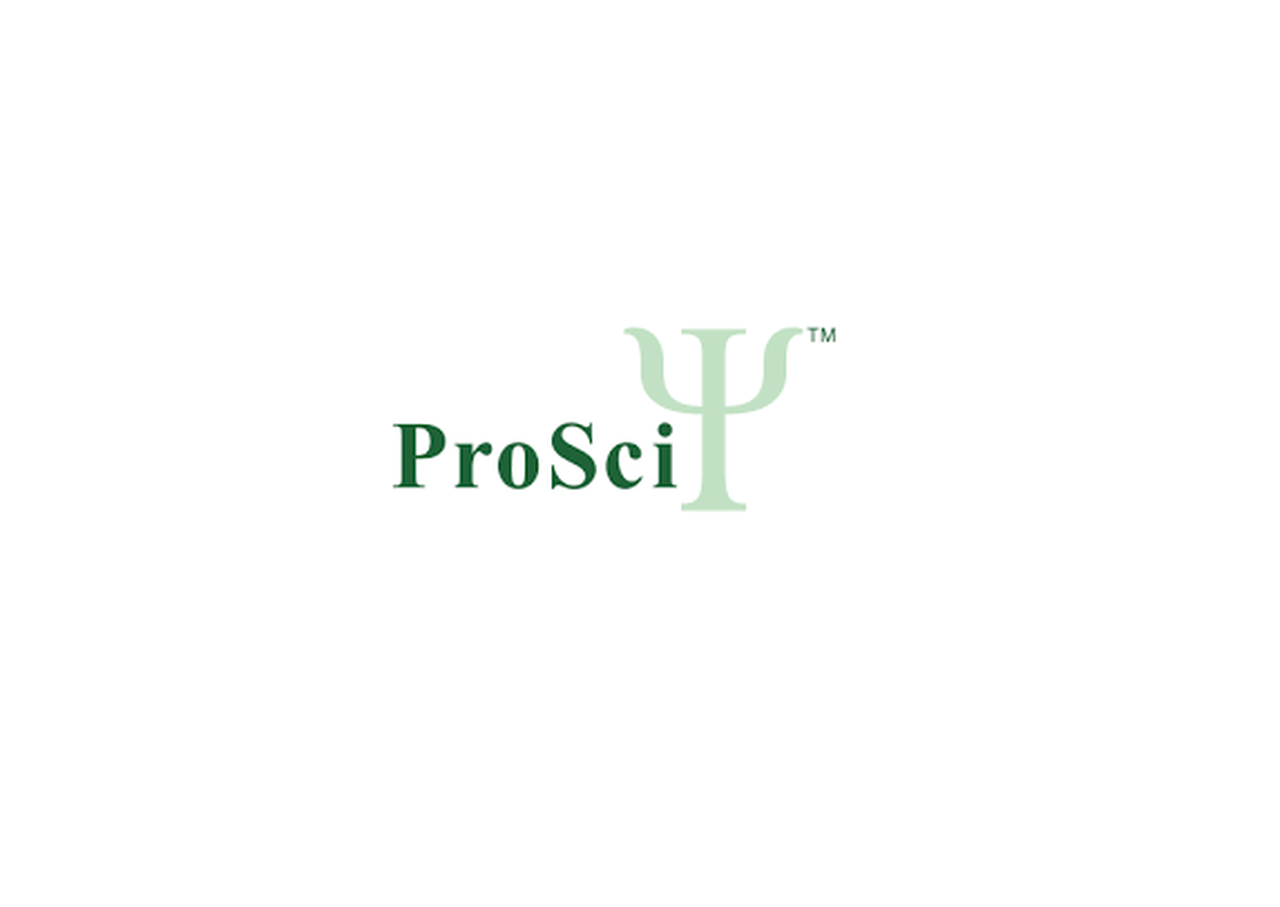
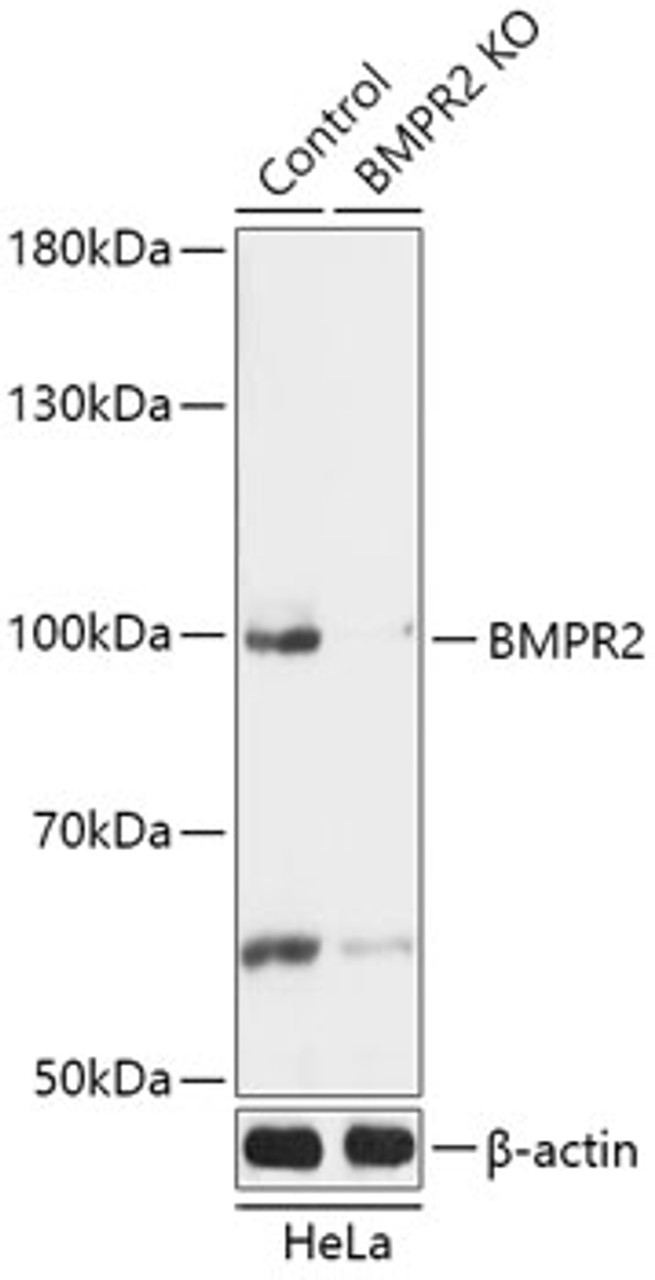



![[KO Validated] BMPR2 Polyclonal Antibody [KO Validated] BMPR2 Polyclonal Antibody](https://cdn11.bigcommerce.com/s-452hpg8iuh/images/stencil/500x659/products/295374/455511/sab-signalway-antibody__92073.1641690747__22193.1641691382.gif?c=2)
![[KO Validated] BMPR2 Polyclonal Antibody [KO Validated] BMPR2 Polyclonal Antibody](https://cdn11.bigcommerce.com/s-452hpg8iuh/images/stencil/500x659/products/605329/857357/enogene__70285.1648844242__42913.1649167218.png?c=2)
![[KO Validated] BMPR2 Rabbit pAb [KO Validated] BMPR2 Rabbit pAb](https://cdn11.bigcommerce.com/s-452hpg8iuh/images/stencil/500x659/products/395969/574442/unnamed-776x1024__91681.1646254488__92229.1646256048__31624.1646652083.png?c=2)

